PREVI (Proyecto experimental de vivienda), (Experimental Housing Project), was a strategic low-cost project for experimental mass housing in Peru, conceived to be adaptable over time. In 1966, the Peruvian government and the United Nations invited British architect Peter Land to produce a strategy followed by a competition brief for housing schemes which could provide an alternative to the huge spreading of informal settlements which was taking place in Lima at the time.
In 1969, 26 offices, 13 local and 13 international, were selected to enter a competition on four different pilot projects and to design 1500 housing units in a derelict area north of Lima’s city centre. The brief demanded for low-rise, high density housing, and gave special emphasis on the theme communitarian areas. The housing schemes also had to provide the possibility to be extended and modified by the inhabitants over time. Most of the offices were chosen among those which were producing relevant experiments in housing units at the time, architects which were evolving their discourse through a criticism to modernist principles and especially CIAM’s legacy, like Aldo Van Eyck, metabolist architects like Kikutake-Maki-Kurokawa, who joined their forces for the competition, or Candilis-Josic-Woods.
Considering the high quality of the proposals, it was recommended that all 26 projects were built, and finally 24 of them were actually developed.
The project by Scottish architect James Stirling is based on a growth pattern which involves a hierarchical structure. The individual houses are assembled together as a cluster of four houses built sharing common walls and plumbing. The groups of four units are then grouped around a common patio, forming a second level of 16 to 20 houses. This larger group becomes the base for the largest group of 400 houses. Four of the large groups make up the neighborhood and each one of them hosts a public park and an area for communal services.
The houses are developed at first as L-shaped units for four persons on a single floor; then, through self-building, they can be expanded on the ground floor and even become one-story houses or a house for a second family can be built in top of the first. In the middle of the plot, four columns describe a central patio, while a second courtyard is located on the corner of the plot. The living room and the bedrooms are located around the central patio, while the kitchen, the bathroom and the services are near the courtyard in the corner.

Specific attention is given to the constructive system in order to provide flexibility, easy transportation and fast assemblage. Common walls provide a rigid grid which becomes the basic structure of the whole settlement and defines each property. Precast concrete wall and lightweight floor slabs could be added to the first structure.
In the years following the original construction, the whole complex has been largely transformed by the inhabitants.









Further readings :
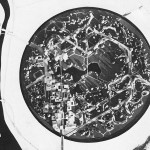
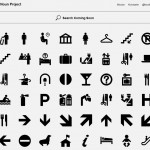
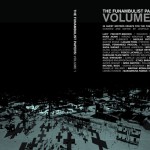
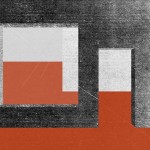
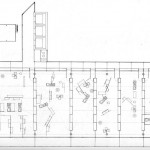
Leave a Reply